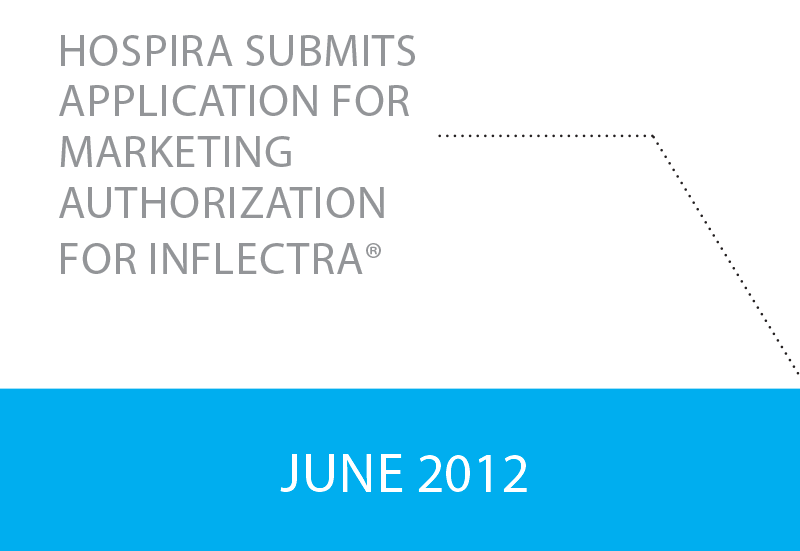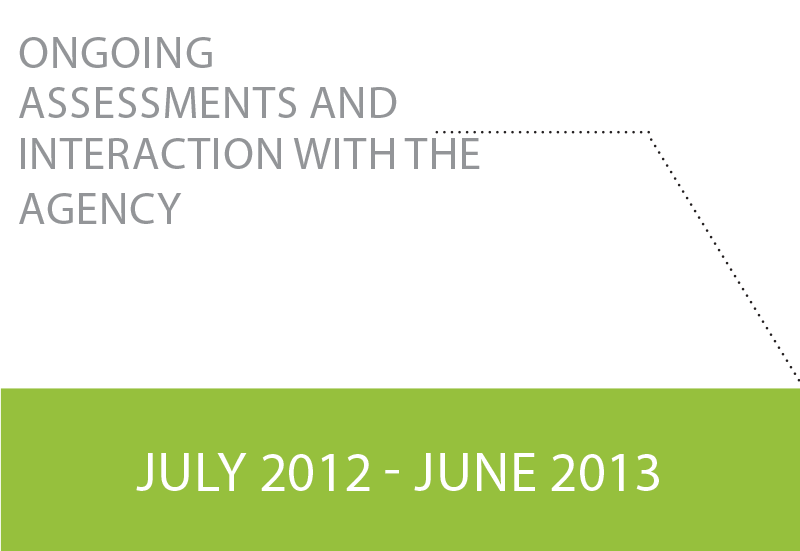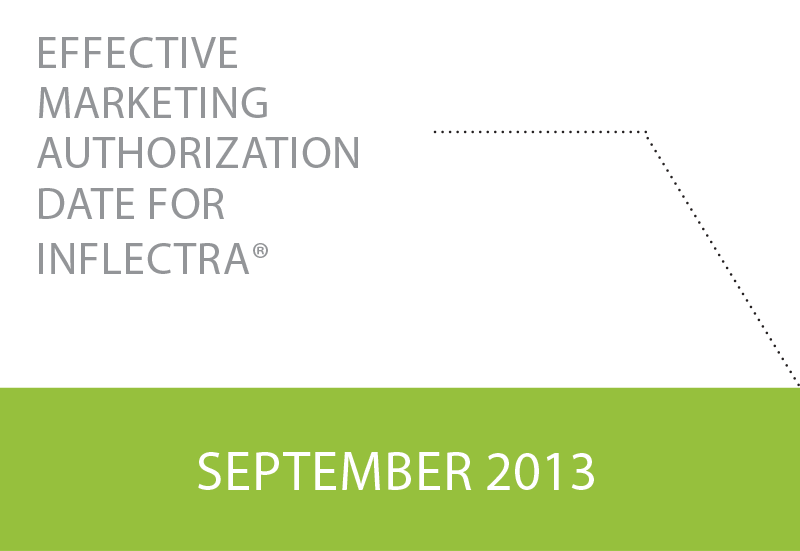Biosimilars in Action: Why Does Europe Have Greater Access?
More than a decade of patient use of biosimilars in the E.U. has shown no difference in health outcomes between patients who use a biosimilar and those who take the originator biologic medicine. The European Medicines Agency (EMA) laid out a framework for developing and marketing biosimilars in 2004 and approved the first biosimilar for use in the E.U. in 2006. Since then, dozens of biosimilar medicines have been approved and used by patients in the E.U. Total sales of biosimilar medicines in the E.U. approached an estimated $500 million through 2014.
Since they were introduced, biosimilars have been used broadly throughout the E.U. to treat patients. In fact, the biosimilars approved for use in the E.U. have an estimated combined 700 million patient days of clinical experience in markets around the world, confirming their safety, efficacy and quality. Cost savings in Europe from biosimilars is estimated to range from $16 billion to $43 billion by 2020.
Furthermore, the six established therapy areas with biosimilar competition consistently demonstrate reduced average list prices. Overall, this increased competition resulted in greater patient access in the whole European market. There are many similarities between the U.S. and EMA processes, but, unlike the U.S. regulations, there is no E.U.-wide legal designation for ‘interchangeable’ biologic products; EMA approves biosimilar products based on the scientific data, and each Member State determines whether biosimilar and reference biologic products are able to be switched by health care professionals or substituted by pharmacists.




